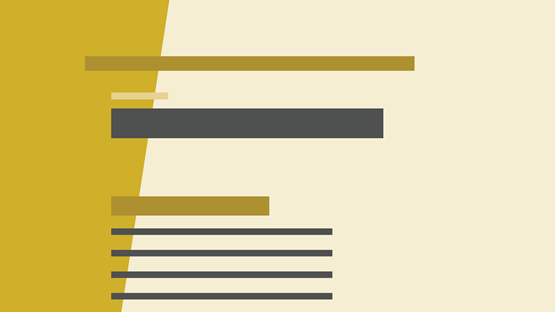Minnesota’s public education system consistently underserves American Indian/Alaska Native students.
Share of students showing proficiency on Minnesota state tests
As of the 2018-2019 school year, the Minnesota Department of Education reports some data for American Indian/Alaska Native students using both state and federal definitions; both approaches are shown in the charts above. Under Minnesota’s state definition, students who self-identify as American Indian and/or Alaska Native are counted as such, whether or not they also identify with other racial/ethnic groups. Under the federal definition, a student is identified as American Indian/Alaska Native only if they identify with no other racial/ethnic groups. Results shown include both MCA and MTAS assessments. Due to COVID-19, no 2020 results are available. Source: Federal Reserve Bank of Minneapolis calculations using Minnesota Department of Education 2016–2021 files.
Share of students showing college readiness on college entrance exam benchmarks
Students taking the ACT college entrance exam are asked to self-select one racial/ethnic category; thus, the charts above reflect students who identify as American Indian/Alaska Native alone. This aligns with the federal definition noted in the proficiency-related charts at top. Source: ACT Graduating Class Database.
Share of students graduating high school
As of the 2018-2019 school year, the Minnesota Department of Education reports some data for American Indian/Alaska Native students using both state and federal definitions. Both definitions are shown in the graduation charts here; for definition details, see the proficiency-related charts at top. Source: Minnesota Department of Education 2016–2022 files.
Share of students enrolled in any post-high school program
Data for this measure are not publicly reported using the Minnesota state definition of American Indian/Alaska Native, and so are shown here using the federal definition only; for definition details, see the proficiency-related chart at top. Data for graduating classes that do not yet reflect a 16-month post-high school enrollment period are considered preliminary. Source: Minnesota Department of Education’s Minnesota Report Card (current, May 2022).
Three percent of students in Minnesota’s public schools identify as American Indian/Alaska Native.
Under Minnesota’s state definition, which applies to the charts above, students who self-identify as American Indian and/or Alaska Native are counted as such, whether or not they also identify with other racial/ethnic groups. Source: Federal Reserve Bank of Minneapolis calculations using Minnesota Department of Education 2019–2022 files.
Within 30 years, the American Indian/Alaska Native community in Minnesota will be over 70,000 strong.
Historical population estimates are available for both alone and alone or in combination with other races definitions of American Indian/Alaska Native. Projections are available only for individuals who identify as American Indian/Alaska Native alone. Sources: U.S. Census Bureau, State Population by Characteristics 2010–2019 (historical estimates); Minnesota State Demographic Center (projections).
Our current education system limits opportunity for American Indian/Alaska Native students and holds back our workforce and economy.
Measures shown in the charts above include individuals who identify as American Indian/Alaska Native, alone or in combination with other races. Source: Federal Reserve Bank of Minneapolis calculations using U.S. Census Bureau American Community Survey Public Use Microdata Series, 2019 file.



